During the Renaissance (circa 1400–1600), sacred music flourished as a vital part of Christian worship - primarily within the Catholic Church, but increasingly in Protestant communities by the late 1500s. Composers were tasked with crafting music that inspired deep respect, communicated theological meaning, and adhered to the formal rules of musical composition - all while allowing space for creativity and beauty to shine through.
Far from being mere background sound, sacred music was central to worship, ritual, and spiritual life. The Renaissance ushered in a new emphasis on vocal clarity, rich harmonies, and heightened emotional expression, especially within religious settings. Evolving from its medieval roots, sacred music moved beyond the monophonic simplicity of Gregorian chant. Renaissance composers embraced polyphony, weaving multiple vocal lines into intricate choral textures that reflected both spiritual depth and the era’s growing musical sophistication.
Mass
The most significant choral form of the Catholic Church, the Mass consisted of five key movements:
Kyrie (Lord, Have Mercy) - A plea for mercy
Gloria (Glory to God in the Highest) - A hymn of praise
Credo (I Believe) - A statement of Christian faith
Sanctus & Benedictus (Holy, Holy, Holy) - A song of holiness
Agnus Dei (Lamb Of God) - A plea for peace and forgiveness
Unlike medieval chant-based Masses, Renaissance Mass music featured multiple independent voices singing in harmony with steady rhythms and fuller, more expressive sound. Composers focused on making the words clear while adding beautiful melodic layers, balancing spirituality and artistry. This was especially crucial after the Council of Trent (a major 16th-century Catholic Church meeting that sought to reform church music, emphasising clarity of text and purity of style). Composers like Josquin des Prez, Giovanni Pierluigi da Palestrina, and William Byrd mastered this style.
Song: Kyrie (Lord, Have Mercy)
Composer: Guillame Dufay
Song: Nuper Rosarum Flores (The Rose Blossoms Recently)
Composer: Guillame Dufay
Song: Magnificat Primi Toni (Magnificat set on first church mode i.e., Dorian mode)
Composer: Giovanni Pierluigi da Palestrina
Song: Ein feste Burg ist unser Gott (A Mighty Fortress Is Our God)
Composer: Martin Luther
Part 2 - Sacred Music of The Renaissance
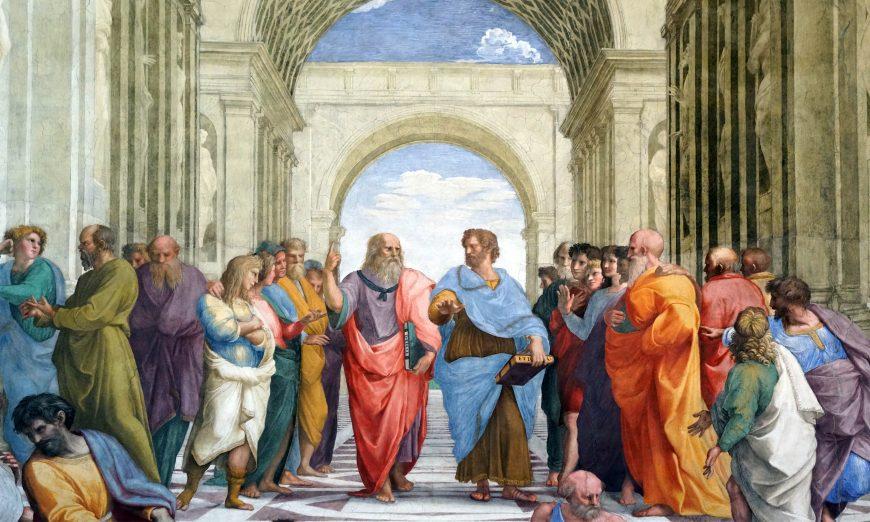

Motet
The motet was a shorter, more flexible sacred choral composition, usually in Latin. Unlike the Mass, which followed a strict structure, motets allowed composers to set different religious texts to music. They were rich in harmony, emotional in expression, and often deeply personal. Medieval motets sometimes juggled multiple texts at once, but Renaissance motets were more unified, focusing on a single sacred theme.
Chorale
Chorales emerged in Protestant regions, particularly in Germany under Martin Luther’s influence. Designed for congregational singing (common public's group worship singing), the renaissance chorales featured simple, hymn-like melodies (straightforward, singable tunes often moving in stepwise motion) that were easy for worshippers to sing. Unlike the elaborate, Latin-based Mass and Motet, chorales were often in the vernacular (the local language - mostly German), making them accessible and engaging.
Magnificat
The Magnificat was a grand choral setting of the Canticle of Mary (a biblical hymn expressing Mary’s joy and praise of God), typically performed during Vespers (evening prayer services). It combined the grandeur of the Mass with the emotional depth of the motet, showcasing the power of Renaissance polyphony through expressive, soaring melodies.
Hymn
A Renaissance hymn is a simple, sacred song of praise, often sung in churches during worship. Hymns from this era were usually written in Latin and had clear, singable melodies that made them easy for congregations or choirs to learn. Composers like Palestrina and Josquin des Prez wrote hymns that balanced beauty with clarity, focusing on smooth, flowing lines and rich harmonies typical of Renaissance style.
Song: Ut Phoebi Radiis (By the rays of the sun)
Composer: Josquin des Prez
Antiphon
An antiphon is a short chant sung before and after a psalm (a sacred poem or song from the Bible) or canticle (a hymn-like song taken from the Bible, but not from the Book of Psalms), often as part of the Liturgy of the Hours (daily set times of prayer in the church). In the Renaissance, antiphons became more musically elaborate, sometimes featuring polyphony (multiple interweaving vocal lines). Though still brief and functional, they reflected the Renaissance interest in expressive music and harmony, making even small liturgical moments (church worship rituals) artistically rich.
Song: Salve Regina (Christ, Redeemer of all)
Composer: Tomás Luis de Victoria
Influential Sacred Music Figures
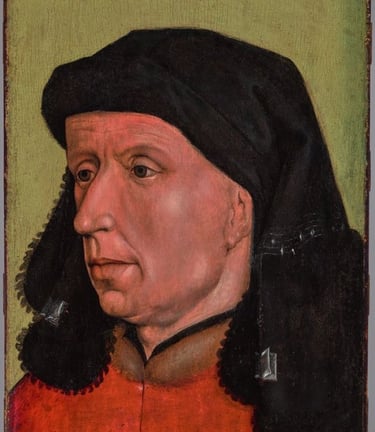

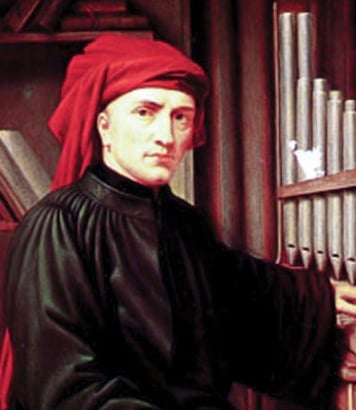


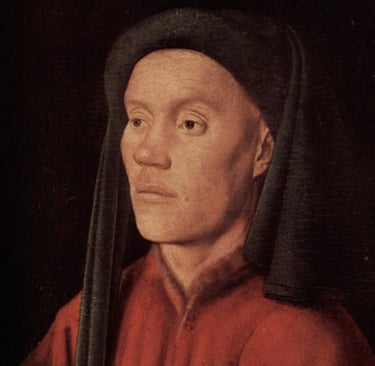
Guillame Dufay
(c. 1397 - 1474)
A key figure bridging the medieval and Renaissance periods, Dufay was instrumental in developing early Renaissance sacred music. He introduced richer harmonies and helped transition from medieval isorhythmic structures to the flowing polyphony characteristic of the Renaissance. Example: Missa L’homme armé.
Johannes Ockeghem
(c. 1410–1497)
A Franco-Flemish composer known for his mastery of counterpoint and innovative compositional techniques. His music featured complex structures, including intricate canonic writing, which influenced later Renaissance composers. Example: Missa Prolationum.
Josquin des Prez
(c. 1450–1521)
One of the most influential Renaissance composers, Josquin expanded the expressive power of sacred music. His innovative use of imitative counterpoint and careful text setting helped shape the future of choral composition. Example: Ave Maria… Virgo Serena.
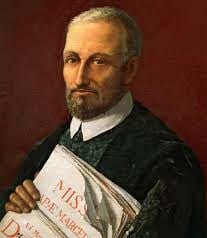

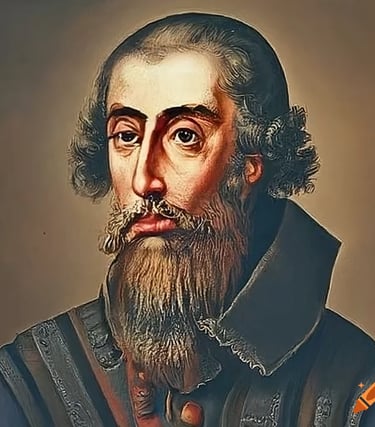

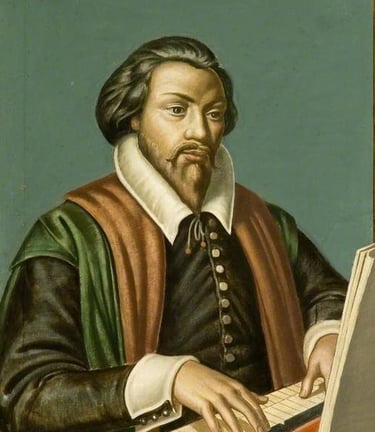

Giovanni Pierluigi da Palestrina (1525–1594)
A leading composer of the Roman School, Palestrina’s works epitomized Renaissance polyphony with their smooth, flowing lines. His style became the model for sacred choral music, emphasizing clarity, balance, and spiritual depth. Example: Missa Papae Marcelli.
Tomás Luis de Victoria
(1548–1611)
A Spanish composer known for his deeply expressive and mystical approach to sacred music. His works reflected the intensity of Spanish Catholic spirituality and influenced sacred music composition across Europe. Example: O Magnum Mysterium.
William Byrd
(1543–1623)
An English composer who skillfully navigated the religious tensions of his time, composing for both Catholic and Anglican services. He was also instrumental in the development of early keyboard and choral music in England. Example: Mass for Four Voices.
Renaissance sacred music wasn’t just about following religious tradition - it was about elevating worship through artistry. These composers transformed church services into sonic experiences, blending emotion, intellect, and spirituality into works that continue to inspire musicians today. Whether in grand cathedrals or intimate chapels, their music still echoes, proving that the Renaissance was truly a golden age of sacred sound.